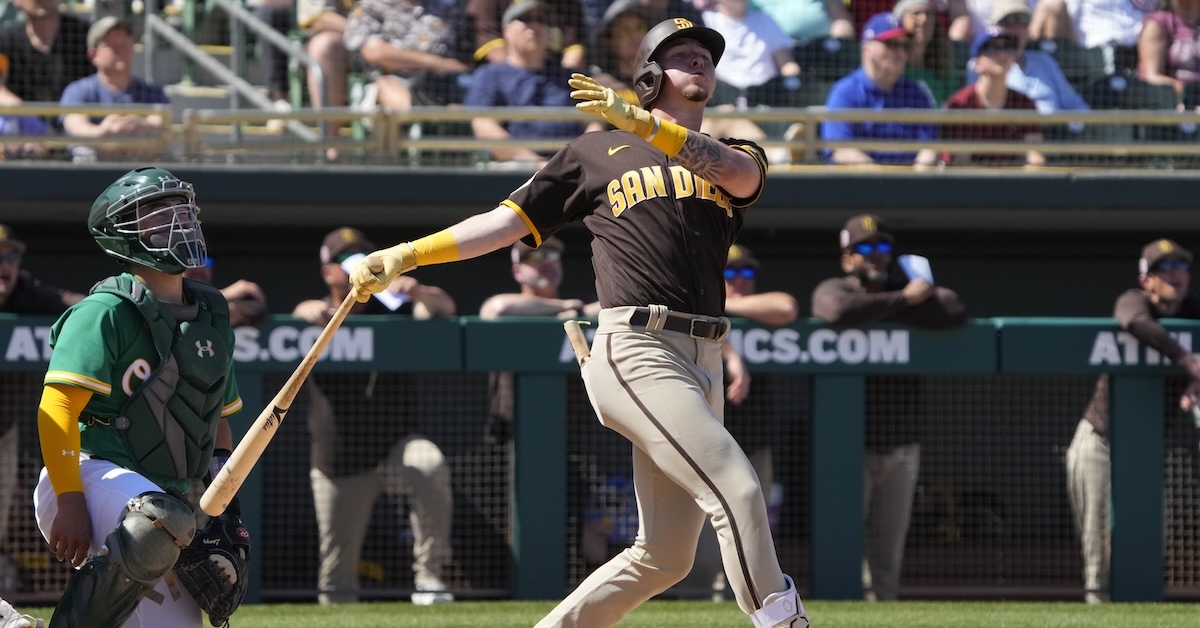Sunday Notes: Seattle Pitching Prospect Troy Taylor Impressed Scouts in Arizona
Troy Taylor is an under-the-radar pitcher to keep your eye on in the Seattle Mariners system. A 22-year-old right-hander who was taken in the 12th round of the 2022 draft out of the University of California Irvine, Taylor impressed evaluators in the Arizona Fall League with a two-pitch mix that has him well-positioned for a future role as a big-league reliever.
“I’m a big fan of what he can do athletically, as a mover,” said a scout I spoke to. “His stuff is good. He’s a guy who probably ends up in the bullpen with the Mariners, and sooner rather than later.”
He’s already come a long way. Taylor was an infielder at Rancho Cucamonga’s Los Osos High School, and when he did occasionally take the mound — “I closed a couple of times” — all he really did was throw as hard he could. It wasn’t until he got to Cyprus Junior College, and then to UC-Irvine, that he “actually started learning how to pitch.”
Taylor has understandably learned a lot more about the nuances of his craft since signing with Seattle, but he nonetheless remains anything but a technician. Topping out at 98 mph and typically averaging “five and some change,” he still tries to throw his heater as hard as he can. He identifies as a power pitcher.
Adding a third pitch is a goal — the Mariners have him working on a changeup to use against left-handed hitters — but his fastball-slider combination will always be his bread and butter. The former is not only his best pitch, it has unique characteristics. Read the rest of this entry »








